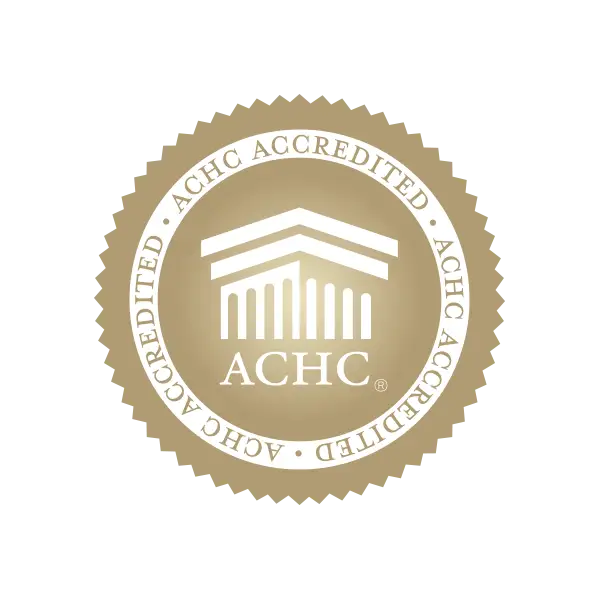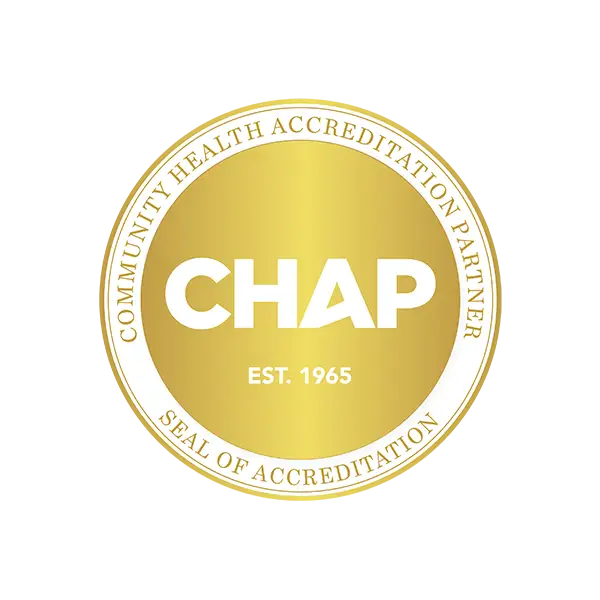
By Holland, Lead PT
KidsCare Home Health, Pediatric Therapy
What are primitive reflexes?
Primitive Reflexes are involuntary motor responses (or reflexes) that develop in the brainstem while babies are in their mother’s womb. These reflexes help the infant learn to organize motor behavior. These reflexes occur when the central nervous system (brain and spinal cord) tells a baby’s muscles to react in response to certain stimuli. Primitive reflexes are normal responses in infants, however are not normally present in school aged children or adults.
Primitive Reflexes:
Sucking
The rhythmic sucking babies will do on a nipple or finger starting at birth in order to feed. This also helps them coordinate breathing and swallowing.
-Typically voluntary by 2 months old
Moro
Also known as the startle reflex, occurs when there is a sudden change in position, an abrupt temperature change, or a startling noise. This results in the baby “startling” and bringing their arms outward with splayed hands
-Typically integrated or goes away by 3-4 months old
Stepping
Occurs when you place a baby’s feet on a flat surface, and they begin to walk while being held
-Typically integrated by 3-4 months old
Rooting
Occurs when a baby’s cheek is touched and results in the baby turning its head in effort to find a food source
-Typically integrated by 4 months old
Galant
Occurs when a baby is held face down and their back is stroked which results in shifting toward the side that was stroked. This helps prepare them for crawling and helps determine the intactness of their spinal cord.
-Typically integrated by 4 months old
Palmar grasp
Occurs with pressure to a baby’s palm which results in wrapping its tiny fingers around your pinky.
-Typically integrated by 4-6 months old
Asymmetrical Tonic Neck Reflex (ATNR)
Occurs when you turn a baby’s head to one side and the arm and leg on that side straighten while the opposite arm and leg bend. This helps with hand eye coordination and prevents the infant from rolling.
-Typically integrated by 4-6 months old
-Consequences if it does not integrate: poor sitting posture, impairments in gait, impaired scissor use, poor isolation or individual body movements
Tonic Labyrinthine Reflex (TLR)
Occurs when a baby is placed on their tummy and results in their legs and arms tucking in. This is a baby’s response to gravity. Conversely, when they are laying on their back, they will straighten their arms and legs.
-Typically integrated around 4-6 months old
-Consequences if it does not integrate: lack strength in arms necessary to protect from trips/falls, leans over page when writing, difficulty with stairs, curbs and steps|
Symmetric Tonic Neck Reflex (STNR)
Starts to appear around 6-9 months old when ATNR has disappeared and occurs when a baby’s head moves forward resulting in their arms bending and their legs straightening. Conversely, when they move their head backward, their arms straighten and their legs bend. This helps develop strength and postural control
-Typically integrated around 8-12 months old
-Consequences if it does not integrate: Decreased strength and balance, difficulty sitting in a chair or at a desk, more likely to “W” sit, impaired writing, immature ball handling skills
Plantar grasp
Occurs when the sole of the baby’s foot is stroked and results in the toes “splaying” outward
-The “splay” will typically integrate by 1-2 years old at which point it then presents as toes “curling” when the sole of their foot is stroked. Toes “curling” is a normal reaction of a matured central nervous system.
By the time a child is 1 year old, its brain has matured enough to have replaced or integrated most of these involuntary movements with voluntary movements.
Now that we know what all of the reflexes are, let’s talk about what happens if they don’t go away or get integrated.
If a child’s central nervous system does not mature, it will not integrate these reflexes and they will struggle with motor and cognitive skills causing difficulties with social learning, body coordination, and sensory over-responsiveness or under-responsiveness. For instance, children who have not integrated their TLR or ATNR can have issues with rolling, bringing their hands together to play with toys, running, cycling, and throwing or catching a ball.
How can you tell if your child’s primitive reflexes have not integrated?
There are many signs of retained primitive reflexes. A high degree of these signs may indicate the need for intervention: toe walking, fidgeting, poor impulse control, sensitive to touch/sound/smell/taste, poor posture, motion sickness, poor dexterity, clumsy, constant “fight or flight” mode, easily distracted, difficulty crossing midline, difficulty tracking when reading and writing.
If you determine that your child shows multiple signs of retained primitive reflexes, rest assured that physical and occupational therapists are here to help you! Discuss your concerns with your child’s pediatrician and request a skilled physical or occupational therapy evaluation. A licensed therapist can come up with a treatment plan that consists of fun, creative exercises to help your child build a foundation to create new neural pathways that will reorganize their motor behaviors.















